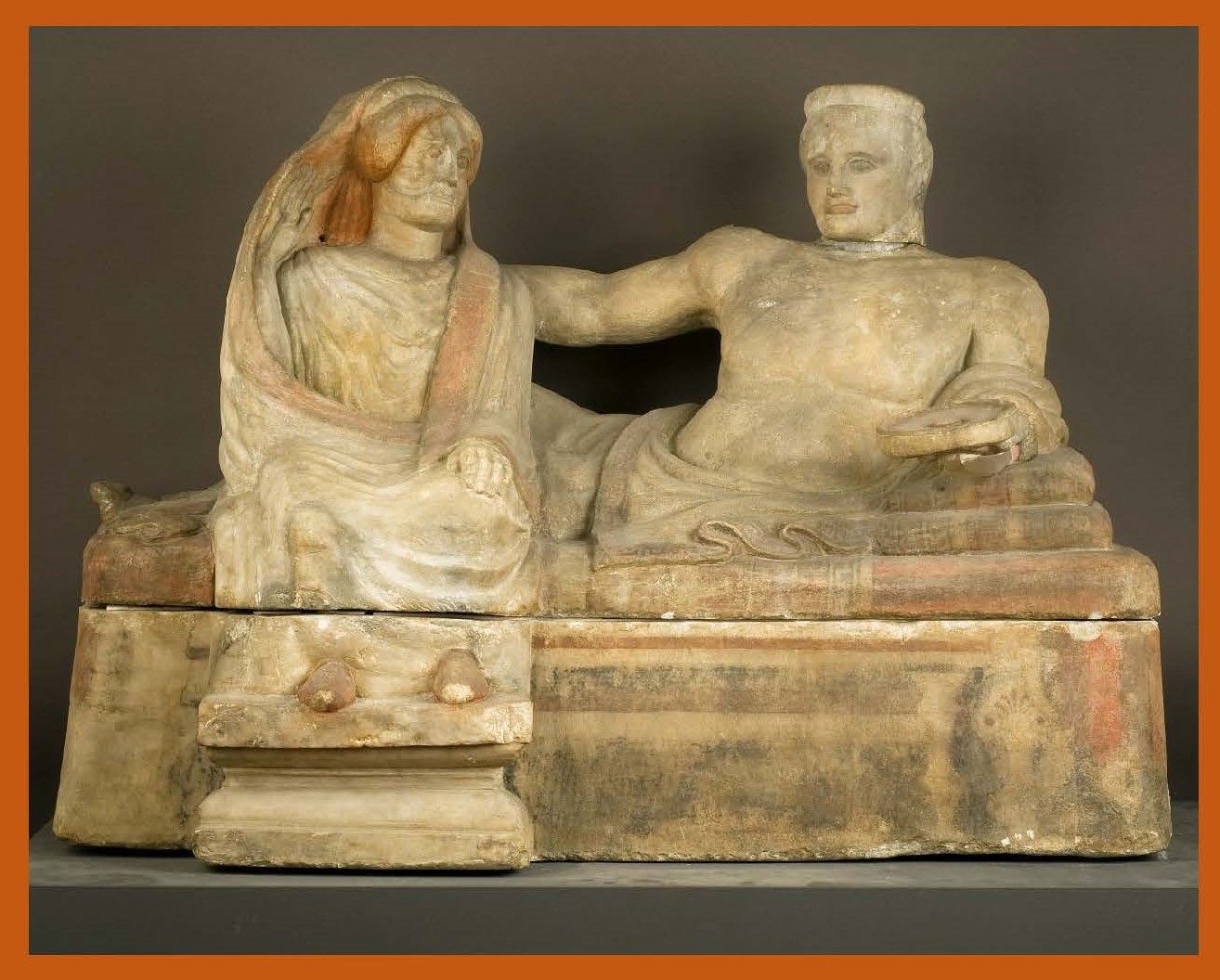Grabinschriften als Spiegel des Stellenwertes der Frau in der etruskischen Gesellschaft
DOI:
https://doi.org/10.25365/wbagon-2022-4-5Keywords:
Etruscan Name Forms, Female praenomina in Etruria, Matronymic, lautni(θa), ati nacna, Etruscan-Latin Bilingual InscriptionsAbstract
The focus of this article lies on Etruscan funerary inscriptions, especially on the nomenclature of men and women regardless if freeborn or freed persons. First of all it becomes apparent that there is no difference between free men and free women concerning the elaborateness of the formulas. In fully developed formulas in inscriptions of the 4th century there is no discrimination of women: for both gender praenomen, gentilic, cognomen, patronymic and the name of the grandfather, the papponymic, can be used. The gamonymic is evidently limited to female formulas. It must be considered that the order of these elements can differ from city-state to city-state. Every city-state can also favor or neglect certain elements. Especially the metronymic, which appears in the nomenclature of both genders, must be highlighted. It is unique in the central Italic system of names. It also appears in the latest Etruscan inscriptions and – latinized – in Latin inscriptions found in Etruscan regions. Furthermore, the use of praenomina and cognomina in female Etruscan inscriptions is mentioned as well as the denomination of the patrona in inscriptions of freedmen and freedwomen. All this is considered in relation to the Latin epigraphic habit, whereby different developments of the originally common system of names become evident. This may be understood under the premises of different social developments. It is a fact that Rome was ruled by a rigorous patriarchy, while women were kept in the background. They were apparently no individual persons, but only part of the gens and were not mentioned among the ancestors. In Etruria too, there was a patriarchal structure of society, but probably it was less constringent. The Etruscan woman remained, at least in the context of the family, an individuum. Furthermore it was obviously accepted by the Etruscan society, even not only in funerary context, that the mother’s name appeared in the official ‘formula onomastica’ of a man. Another fact is that grandmothers are evident in some funerary inscriptions.
Downloads
Published
License
Copyright (c) 2022 author

This work is licensed under a Creative Commons Attribution 4.0 International License.

